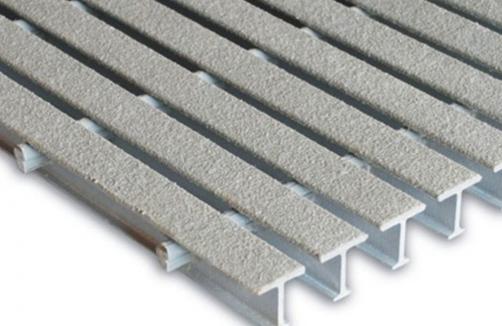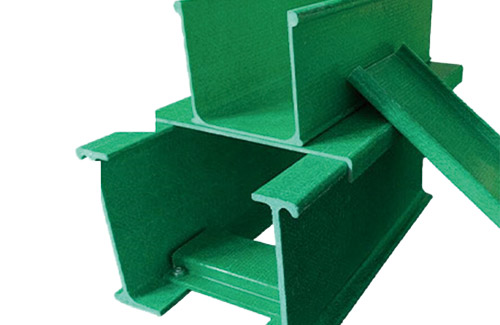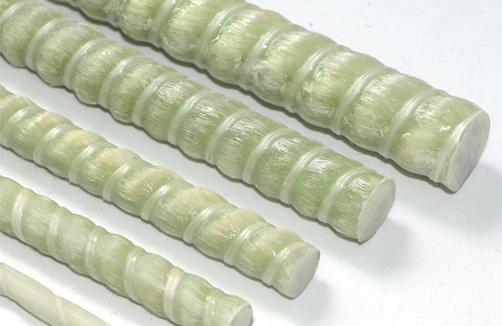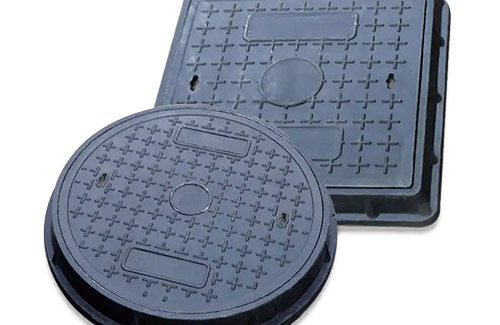Due to its low density and lightweight materials, installing FRP grid floating pipes in areas with high groundwater levels must consider setting up piers, abutments, rainwater runoff drainage, and other anti floating measures.
When constructing tees and repairing pipeline cracks on installed fiberglass plastic grilles, it is required to have completely dry conditions similar to the factory building, and the resin and fiber cloth used during construction need to be cured for 7-8 hours. Repairs are often difficult to meet this requirement.
3. The existing underground pipeline detection equipment mainly detects metal pipelines, while non-metal pipeline detection instruments are expensive. Therefore, the fiberglass grating cannot be discovered after being buried underground, and other subsequent construction units are also easily excavated and damaged during the construction process.
4. The anti UV performance of fiberglass grating is poor. The exposed fiberglass plastic grille delays aging time by forming a 0.5mm thick resin rich layer and UV absorber (processed in the factory) on its surface. As time passes, the resin rich layer and UV absorbent will be destroyed, which will affect their service life.








